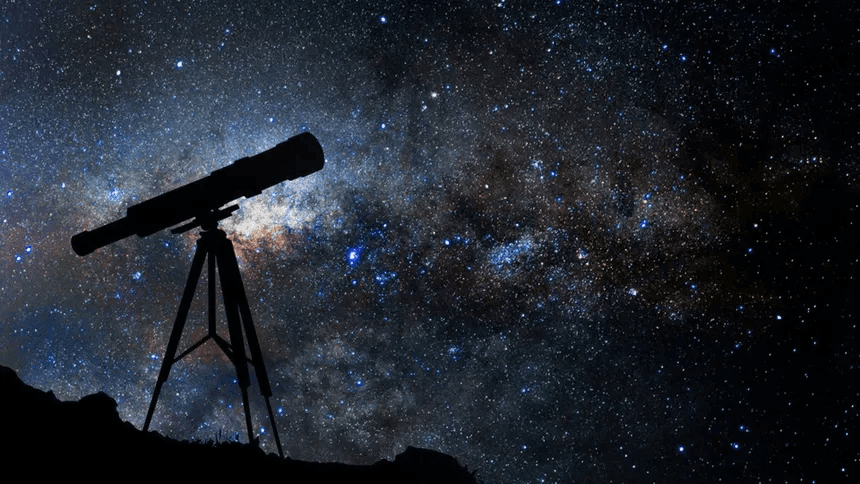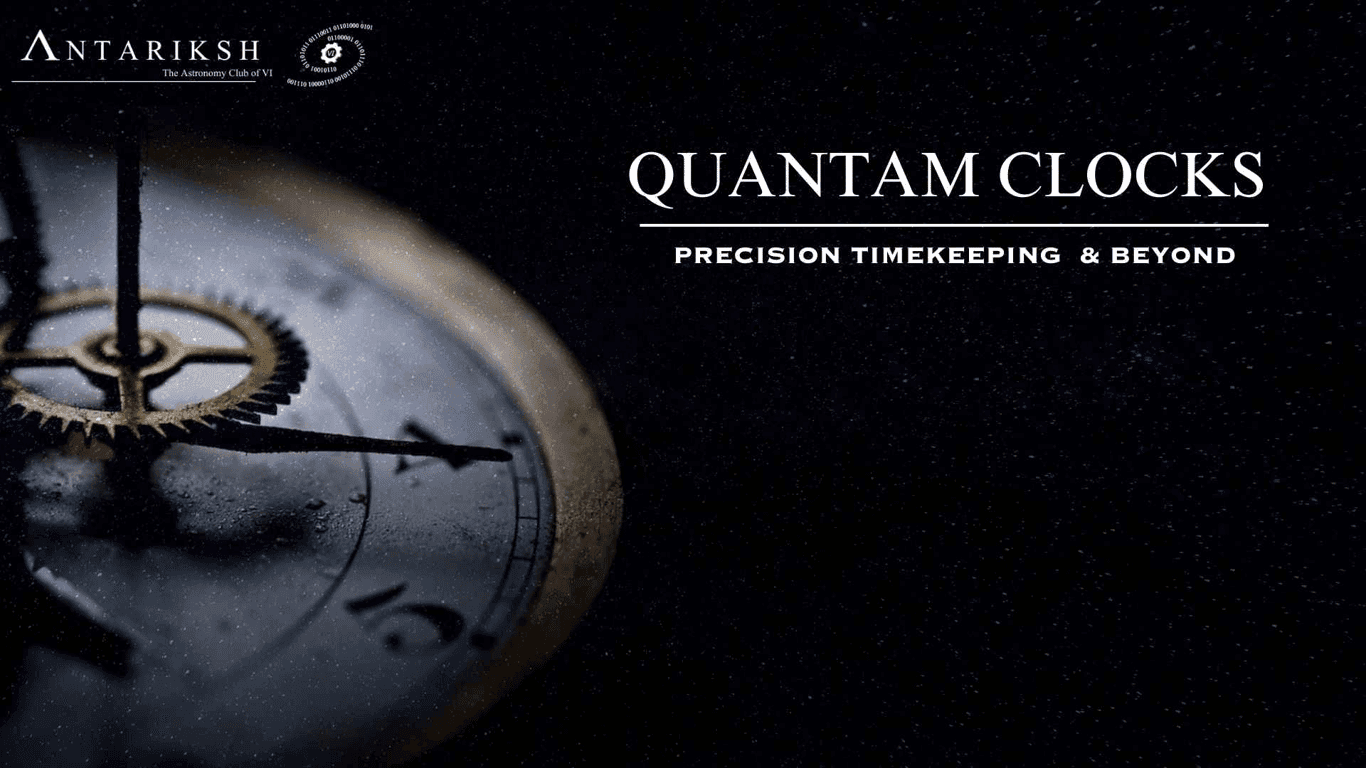
Reaching to the Sun
On February 24, 2023, the Antariksh Astronomy Club at Vishwakarma Institutes hosted a lecture, "Reaching to the Sun," featuring Dr. Helen Mason from the University of Cambridge. A leading solar scientist, Dr. Mason discussed solar dynamics, sunspots, flares, and the solar wind, highlighting their effects on Earth. The event attracted over 120 students and faculty, offering a unique opportunity for interaction. Dr. Megha Anand from IUCAA and Mr. Jameer Manur, the club mentor, also attended. A lively Q&A followed the lecture, fostering in-depth discussion. The event was a success, thanks to the dedicated efforts of the organizers and volunteers.
| Published on 23 Feb 2023

1- Detection of radio waves from the Universe- Tools & Techniques
Radio astronomy studies celestial objects using radio waves, offering insights beyond optical observations. The Giant Meterwave Radio Telescope (GMRT) is a major facility that has advanced research on cosmic phenomena, from solar emissions to pulsars and cosmic magnetism. Recently upgraded, GMRT now offers broader frequency coverage and improved sensitivity, enhancing observational quality. The Square Kilometer Array (SKA), an international project, aims for unprecedented sensitivity, targeting early universe studies, dark energy, and SETI. With vast data demands and global collaboration, SKA represents the future of radio astronomy, expected to redefine our cosmic understanding when operational by 2024.
| Published on 30 Jul 2022

3- Adaptive Optics and Large Telescopes (P1)
This lecture outlines the impact of atmospheric turbulence on astronomical imaging and the role of adaptive optics (AO) in mitigating these effects. Turbulence causes temperature and refractive index fluctuations, distorting light phase and reducing image quality. Key concepts include the temperature structure function, phase structure function, Fried parameter 𝑟 , and angular separation θ , all of which quantify turbulence. AO systems counteract these distortions using a reference star, wavefront sensor, and deformable mirror, producing clearer images. Empirical models like the Hufnagel-Valley model help predict turbulence behavior, guiding AO system adjustments for optimal celestial observations.
| Published on 30 Jul 2022

2- Introduction to Quantum Mechanics in Measurement
Quantum mechanics provides the foundation for understanding measurement at atomic and subatomic scales, where principles like wave-particle duality, quantization, and Heisenberg's uncertainty principle become essential. Wave-particle duality reveals that particles such as electrons and photons exhibit both wave-like and particle-like behavior, impacting how they can be measured. Quantization implies that many properties, like energy, only take specific values, affecting measurement precision. The uncertainty principle, which limits simultaneous precision in certain measurements (e.g., position and momentum), fundamentally shapes how measurements are understood in quantum systems.
Quantum states, represented mathematically by wave functions, embody the probabilities of a system’s possible outcomes. Through superposition, quantum systems can exist in multiple states until measured, enhancing precision in techniques like quantum interferometry, which uses interference patterns for highly accurate measurements.
Quantum measurement techniques, including interferometry and quantum tomography, allow unprecedented precision in fields like metrology and telecommunications. The observer effect, where measuring a quantum system alters its state, introduces unique challenges to quantum measurement compared to classical methods. These advanced techniques not only redefine precision measurement but also enable breakthroughs across disciplines, paving the way for applications in quantum-based meteorology and more.
| Published on 30 Jul 2022

4- Adaptive Optics and Large Telescopes (P2)
the lecture highlighted the critical role of adaptive optics in astronomy, enhancing the sensitivity and resolution of large telescopes like the upcoming 30-Meter Telescope (TMT). By counteracting atmospheric distortion, adaptive optics enable clearer observations of celestial objects. The TMT, with its 30-meter diameter mirror and international collaboration, aims to answer fundamental questions about star formation, dark matter, and extrasolar planets. The lecture emphasized the importance of expanding discovery space in astronomy and the growing need for data scientists to analyze vast datasets, showcasing the ongoing evolution and excitement within the field.
| Published on 30 Jul 2022

8- Cosmic Ray Muons and their Applications
The lecture explored cosmic rays and their implications, focusing on recent measurements of muons that revealed a low amplitude of about 40 nT compared to Earth's magnetic field. Researchers found a necessary enhancement factor of 17 to align the observations with cosmic ray behavior, particularly during solar storms. The discussion highlighted the existential threat posed by solar storms to technological infrastructure, prompting a U.S. executive order for preparedness. Ongoing research aims to improve predictive models, emphasizing the importance of understanding cosmic rays and solar storms to safeguard human civilization against potential disruptions.
| Published on 30 Jul 2022